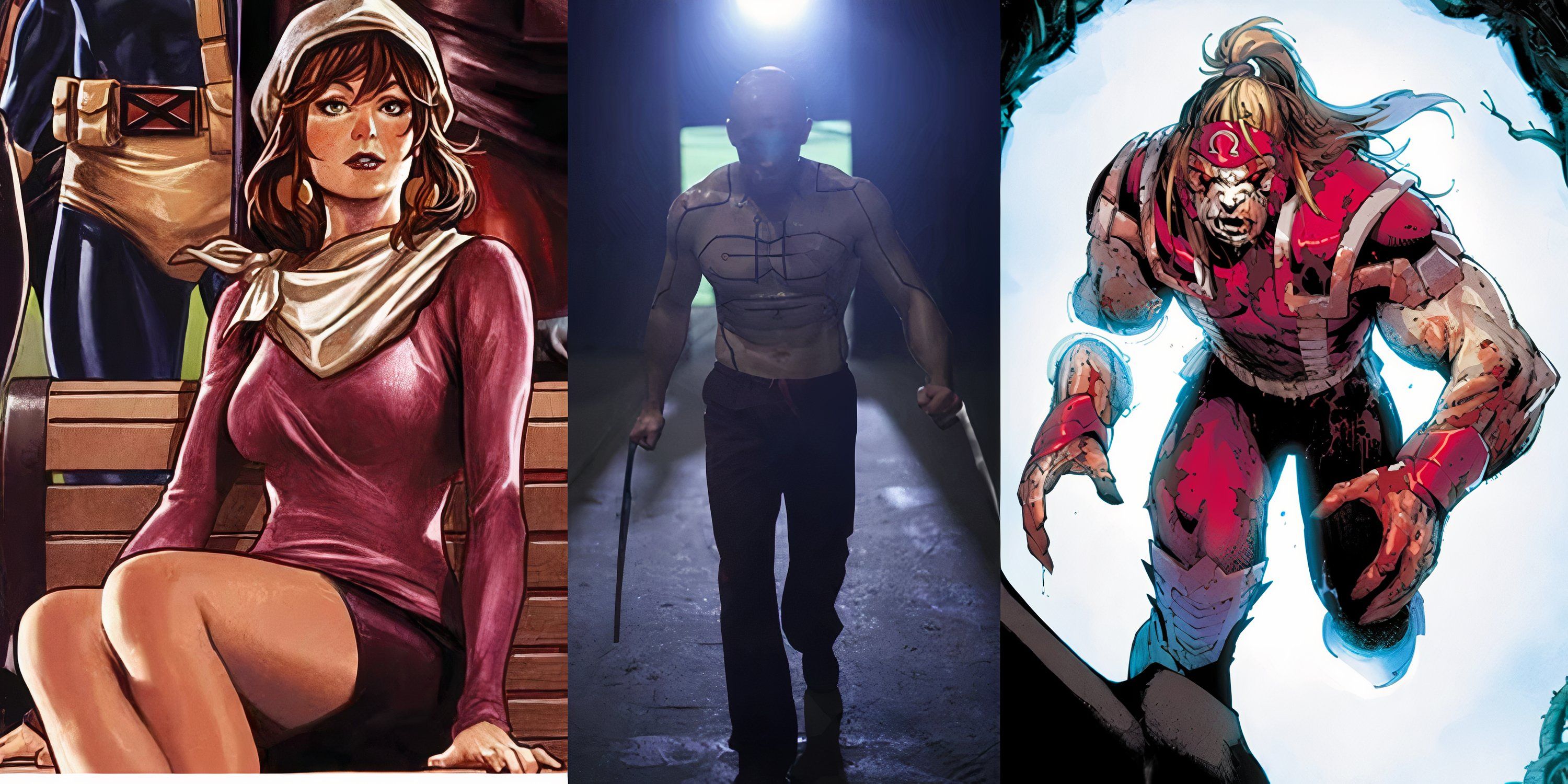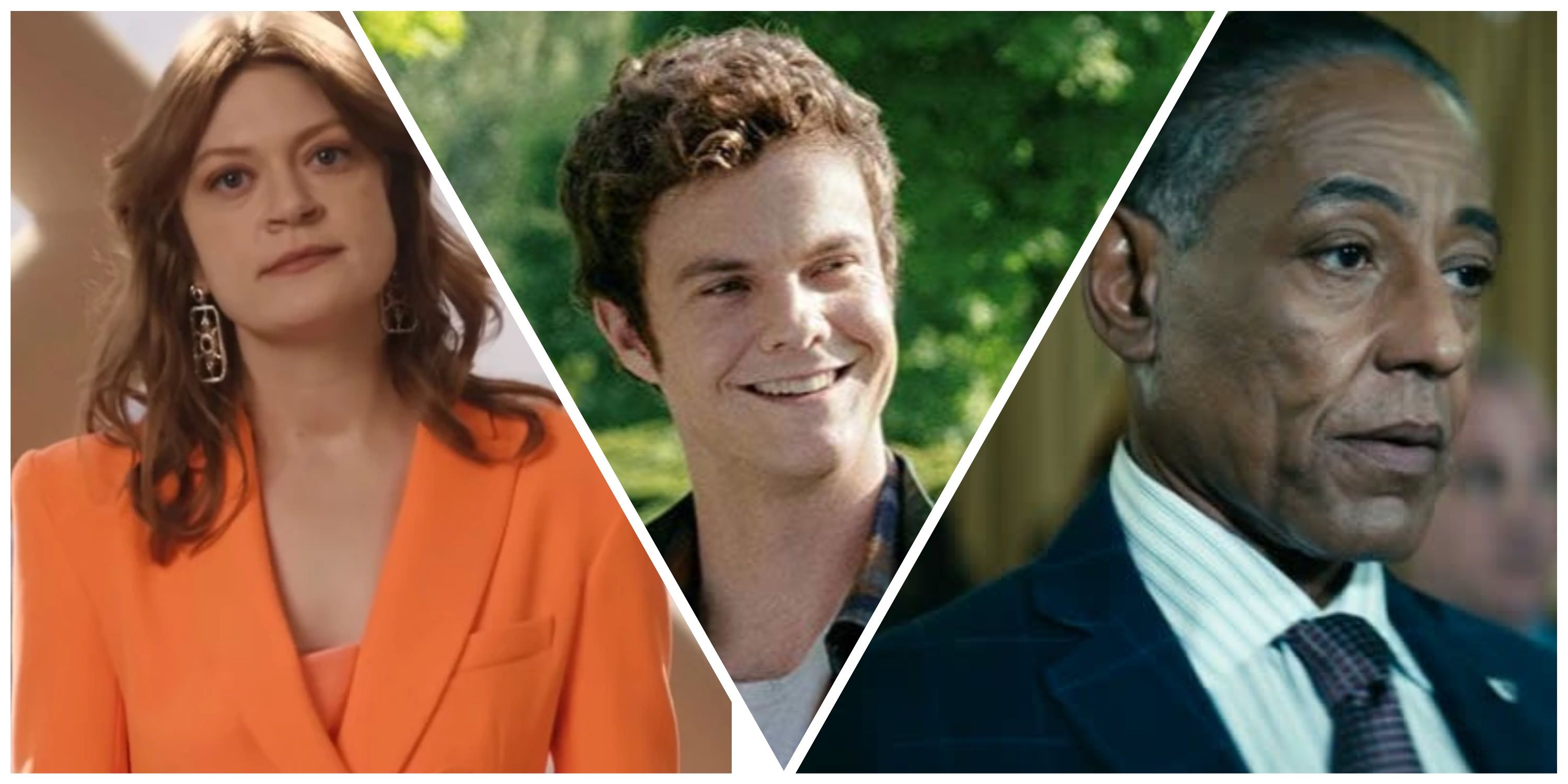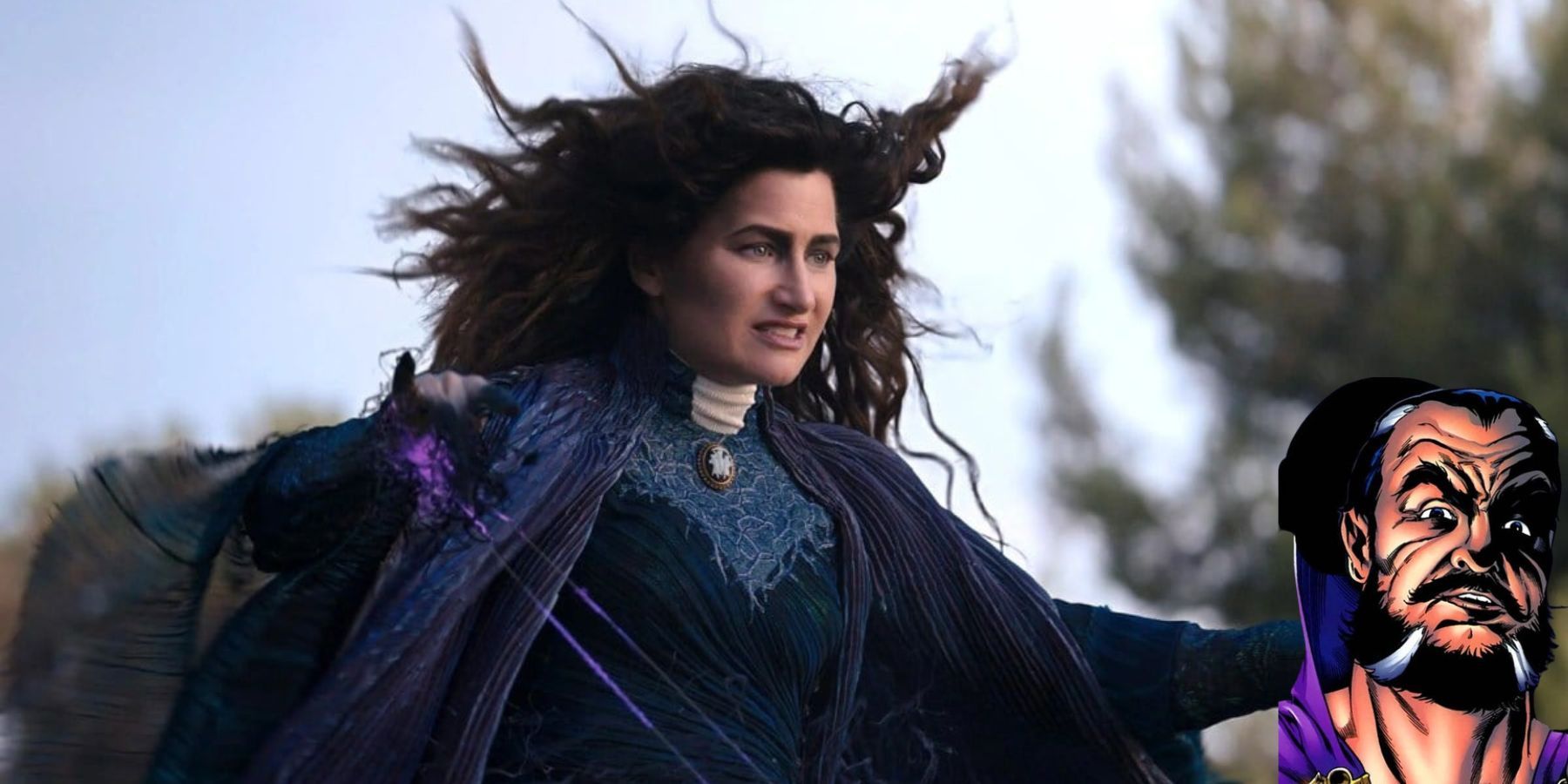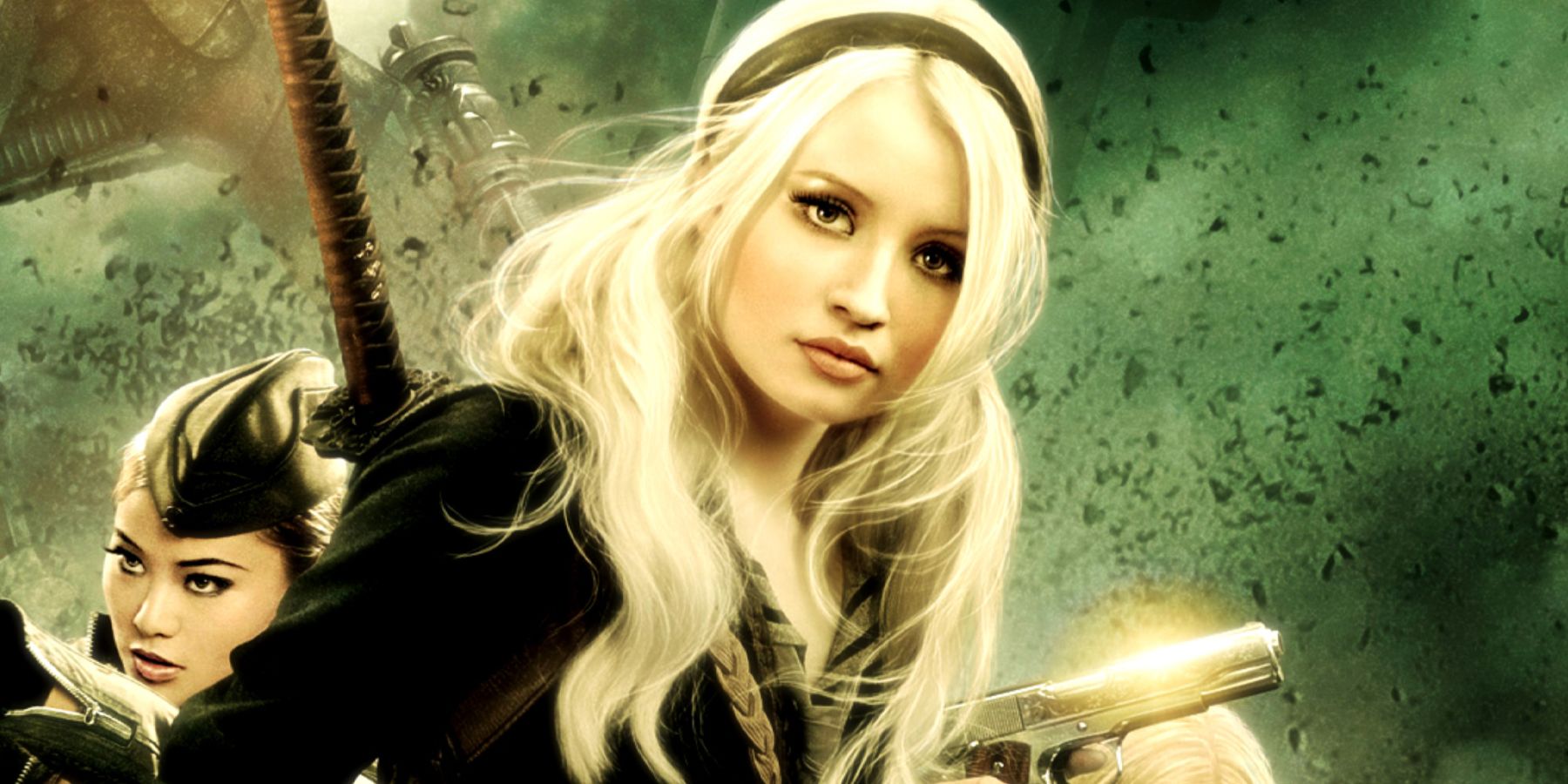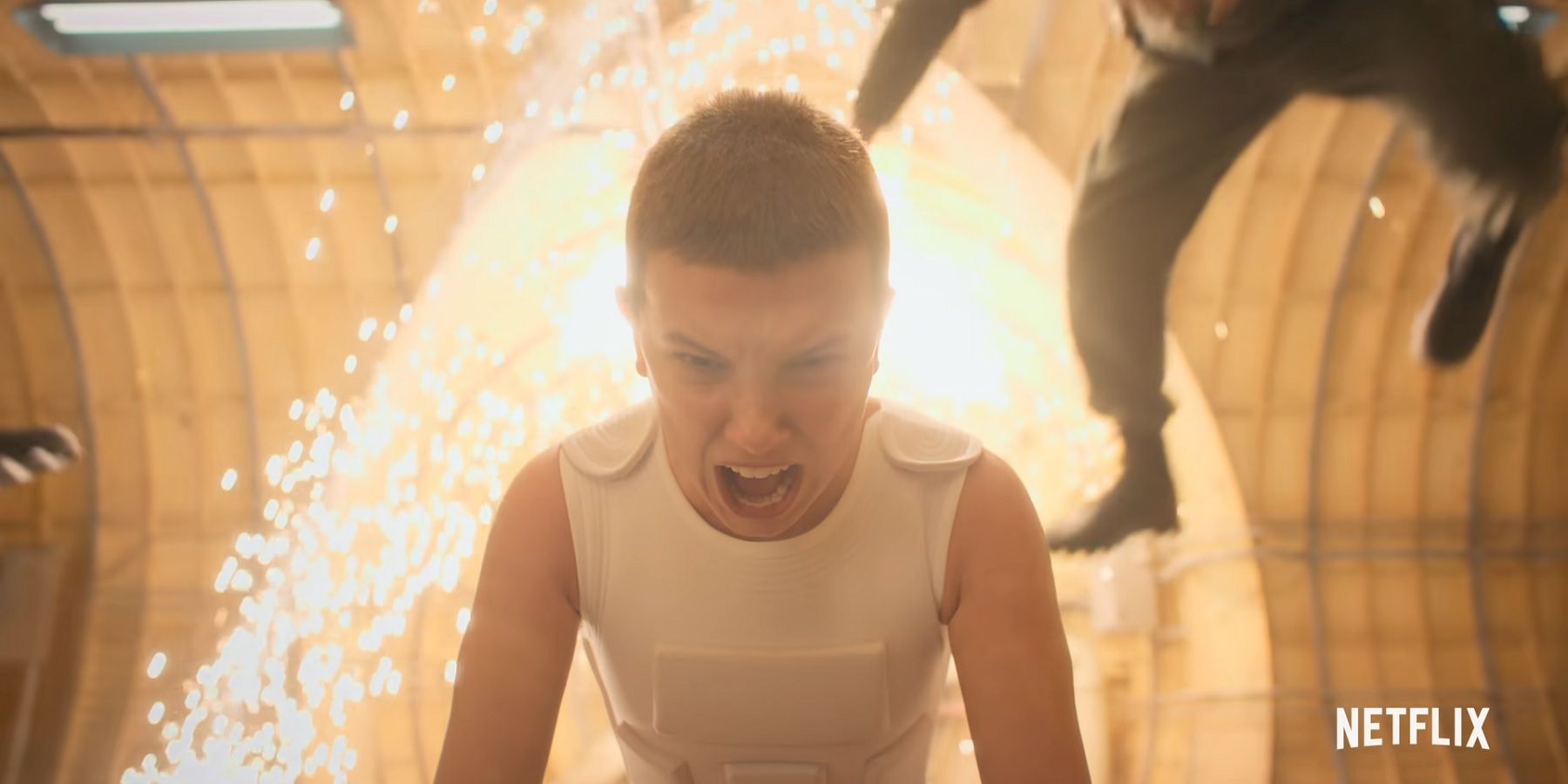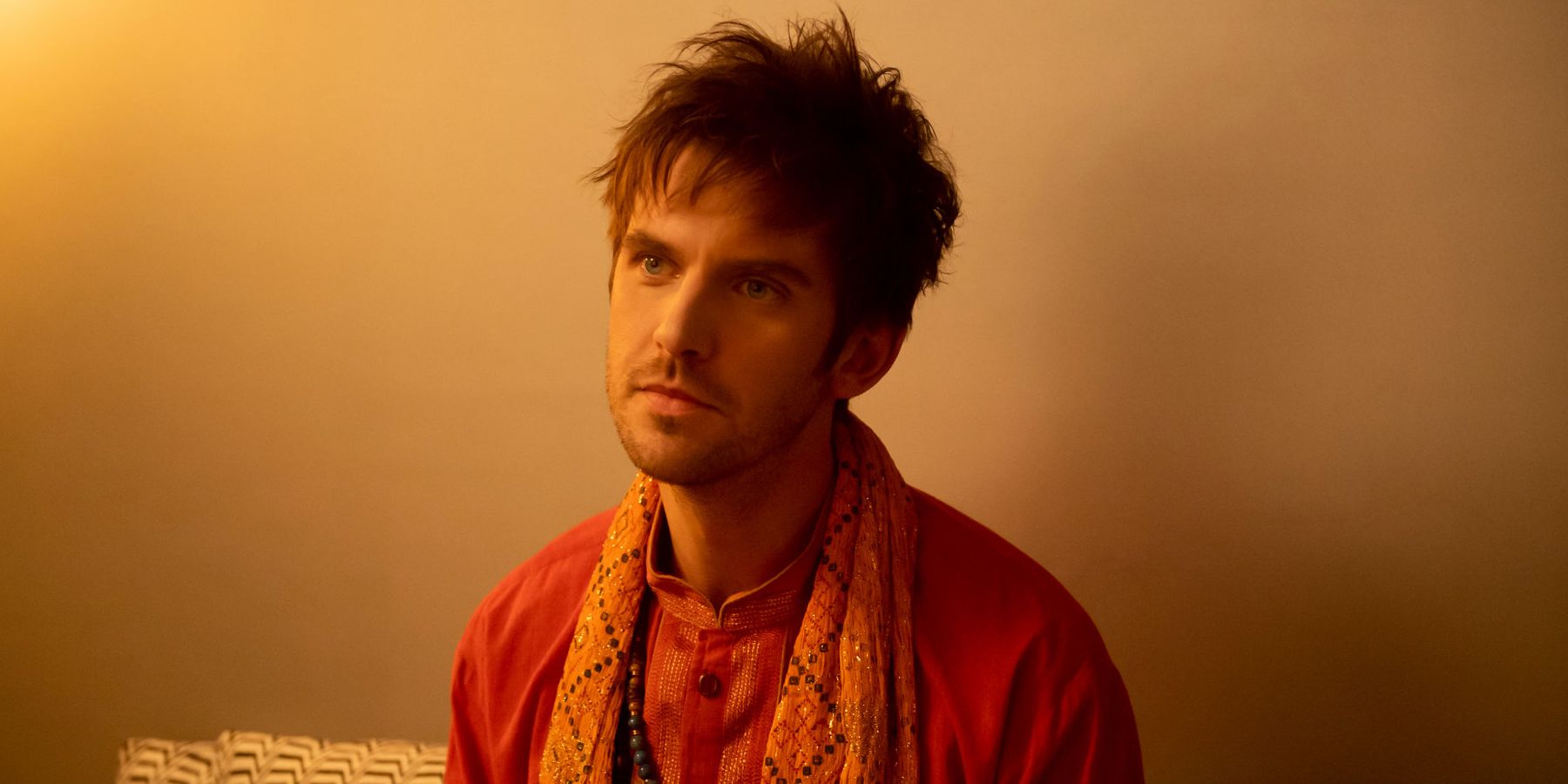What do Stranger Things, The Handmaid’s Tale, and Legion all have in common? The throwback sci-fi horror, dystopian drama, and high-concept superpower fable could not be more dissimilar from each other — but all three shows used the same song, in three consecutive years. In fact, they were part of decades-long trend.
Jefferson Airplane’s “White Rabbit” has appeared in at least one movie or TV show every year since 2001. The song was released in 1967, yet in the new millennium, it has become a mainstay of pop culture. No longer an anthem of drug discovery, the song has more recently been used to convey the madness or unbelievable nature of situations, or an individual character’s derealized or deteriorating mental state. In fact, the association of “White Rabbit” with a particular era — a particular zeitgeist — belies a timelessness, a universality that keeps it relevant even today.
The Writing & Meaning Behind "White Rabbit"
Jefferson Airplane frontwoman Grace Slick has always been open about the drug-centric lyrics of her song: she wrote “White Rabbit” as “a slap in the face” to parents with cognitive dissonance. Slick felt that parents were missing the irony of reading their children Alice in Wonderland — with its drug references explicit and inferable — then wondering why their children grew up to use drugs. At first, the song was emblematic of the acid rock genre, which was ascendant at the time of its release. By using the imagery of Lewis Carroll’s novel to capture the feeling of an altered mental state, “White Rabbit” mixes the classic and the contemporary in a way that defined rock music of the time.
Moreover, Slick’s satirical intention mirrored Carroll’s own authorship. Writing in Victorian England, Lewis Carroll purposefully wrote much of Alice’s Adventures in Wonderland (and Through the Looking Glass) to satirize the moralism that was pervasive in child-rearing during his own time. Many of the poems in his seminal novels are incisive reformulations of didactic children’s rhymes that were popular then: “How Doth The Little Crocodile,” for example, exchanges the exhortations of industry in “How Doth The Little Busy Bee” for the morbid imagery of a crocodile luring fish into his “gently smiling jaws.”
The Song's Use In Popular Culture
The first wave of the "White Rabbit" popularity in Hollywood dovetails with Slick’s original vision. There is perhaps no usage in its history more on point than in the made-for-TV movie adaptation of Go Ask Alice, a book about the dangerous allure of drugs, which takes its title from a lyric in “White Rabbit.” A handful of appearances in the 1980s further associate the madness of the song with experiences in the Vietnam War, including Platoon. That association persists today, with “White Rabbit” appearing in the PBS documentary about that period, The Vietnam War.
From 2001 to 2011, the song continued to appear with an interpretation related to hippie and drugs culture in the 1960s. When identifying pop culture trends, it is often difficult to point to a single, shining instance and credit it as sole inspiration — yet Zack Snyder’s 2011 film Sucker Punch has a colorable claim that it changed the way filmmakers thought about “White Rabbit.” Sucker Punch was not taken seriously even when it came out (which is a shame, as it was more nuanced than critics or audiences credited). However, its dreamy style and lavish fantasy evoked an altered state throughout the film, which made “White Rabbit” a perfect fit for one of its musical numbers.
The instance bears only the slimmest connection to other uses of the song, as Emily Browning lip-synchs it over an extended steampunk fantasy sequence set during World War II. While it is impossible to say whether other filmmakers were inspired by Sucker Punch (indeed, it seems unlikely that many would admit if they were), there can be no doubt that the uses of “White Rabbit” shifted subtly thereon. No longer bound strictly to the idea of hallucinogenic states (or the era in which such states were distinctly popular), the song was used to convey any type of absurd or surreal event — or to mimic madness in the minds of characters.
It plays early on in Stranger Things, as the Bad Men wreak their violence through Benny’s diner, trying to recapture Eleven. In The Handmaid’s Tale, it follows June’s gaze as she takes in the blatant debauchery of Jezebels, which seems almost a hallucination after the chaste monotony of her daily life. And of course “White Rabbit” must appear in Legion — itself an extended rumination on psychology, psychosis, and what constitutes normal — in the form of a slow, disjointed cover that accompanies David as he sorts through what he knows and what is missing from his memory (or his disclosure of his memory).
It seems likely, too, that “White Rabbit” will remain popular in media, as Hollywood continues to explore psychology through cinema. Few other songs carry such an explicit and direct connotation — and few other songs have enjoyed so many renditions in the same amount of time. Fads come and go in movie soundtracks, but “White Rabbit,” it seems, is here to stay.

